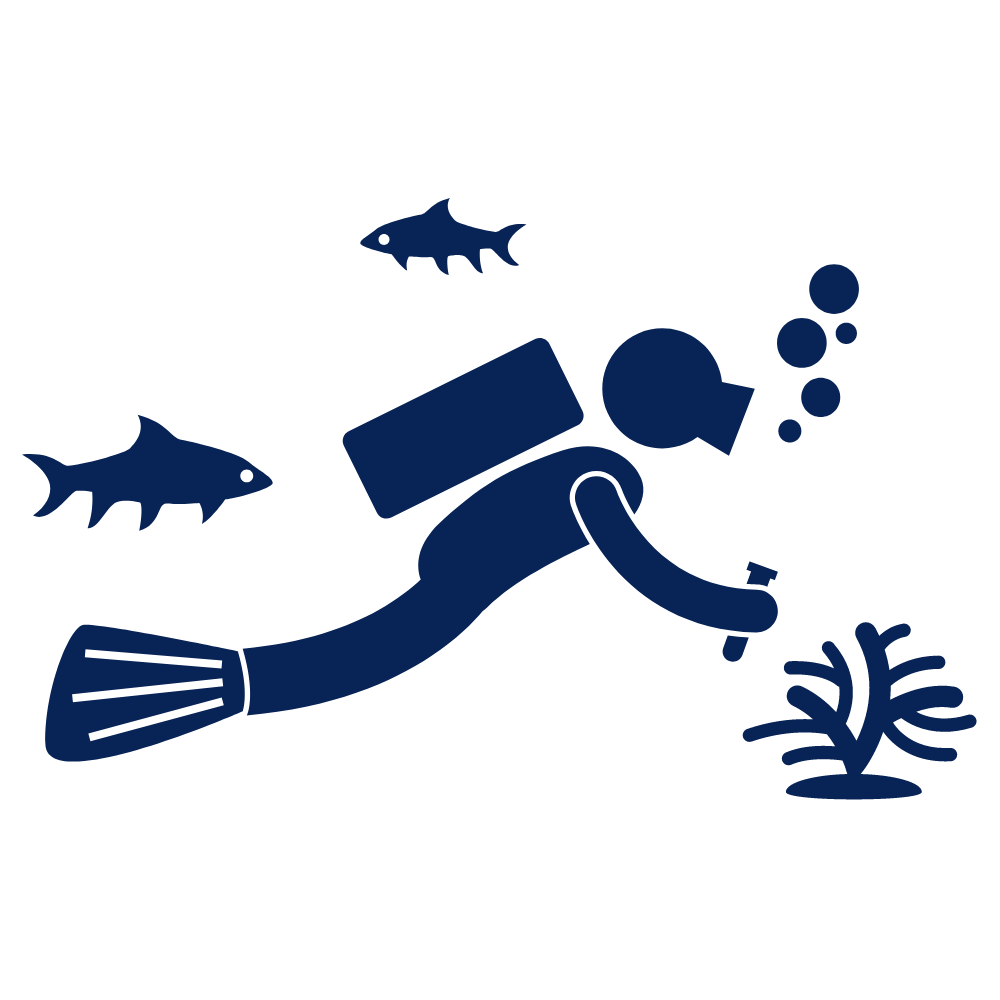Posted by admin | 06.18.2014 | Marine Science
Coral Bleaching
 Coral organisms are some of the most fascinating and unique creatures in the world. Coral polyps are small, translucent invertebrates that excrete a limestone exoskeleton called a calicle. Each polyp clones itself and joins with other polyps to form a colony. The polyps join their calicles together, acting as one organism to form an intricate, limestone structure. As the colony grows over hundreds to thousands of years, it will eventually encounter and join other colonies, forming reefs.
Coral organisms are some of the most fascinating and unique creatures in the world. Coral polyps are small, translucent invertebrates that excrete a limestone exoskeleton called a calicle. Each polyp clones itself and joins with other polyps to form a colony. The polyps join their calicles together, acting as one organism to form an intricate, limestone structure. As the colony grows over hundreds to thousands of years, it will eventually encounter and join other colonies, forming reefs.
Although some corals do prey upon small fish and plankton by stinging them with their tentacles, most corals require an alternative method for obtaining nutrients. Corals form a symbiotic relationship with photosynthetic algae called zooxanthellae (ZOH-oh-ZAN-thell-ee.) This colorful algae not only provides energy produced from photosynthesis but also gives coral its vibrant hues, since polyps have no pigment on their own. In return, coral offer algae a safe structure to live in as well as carbon dioxide, ammonium and nitrogenous waste to aid photosynthesis.

Obviously, this symbiosis is dependent on both species benefiting. If the corals can no longer supply the zooxanthellae with nutrients for photosynthesis or cannot provide livable conditions, the algae are expelled. In other words, once the host can no longer provide sufficient room and board, the tenants are booted! Without the colorful algae, the coral is left completely white (coral bleaching.)
Coral bleaching is a stress response that can be caused for a number of reasons, both anthropogenic and natural. If the stressor is not too severe, the coral will re-host the algae within a few weeks. If the stressor is prolonged, the algae populations will not recover and the coral host dies. The most common cause of coral bleaching is extreme changes in sea temperature often due to climate change, since coral have a very limited temperature range in which they can live. Other factors, such as increased solar radiation, ocean acidification and disease can also cause a coral to expel its endosymbionts.

Coral health is so important for humans to protect. Coral provides shelter to 25% of marine species, supports fishing and tourist industries and protects our shorelines by buffering large waves. Coral has also been studied for medicinal purposes since the 14th century; more and more scientists agree that researching coral could provide the cure to some of humans most common diseases.


 Marine Bio
Marine Bio SCUBA
SCUBA Travel
Travel School Groups
School Groups Sign Up
Sign Up CONTACT
CONTACT CAMPS
CAMPS ABOUT
ABOUT